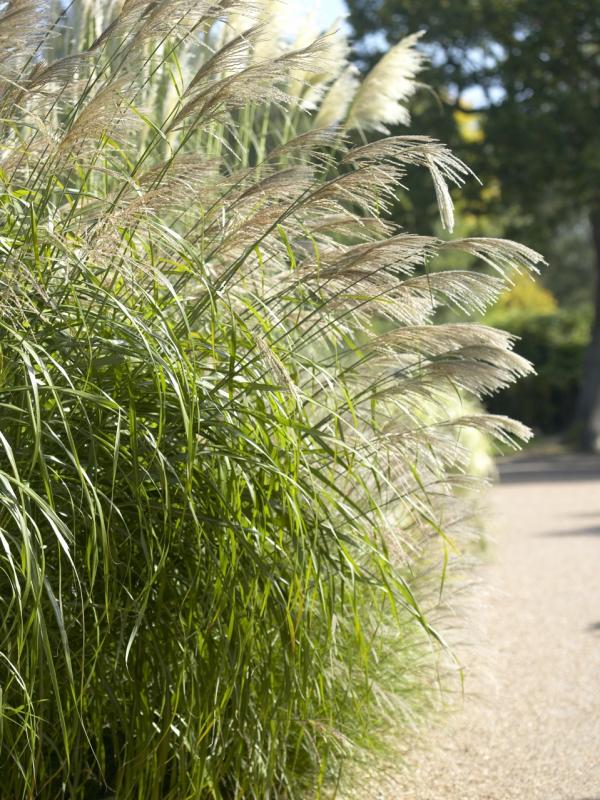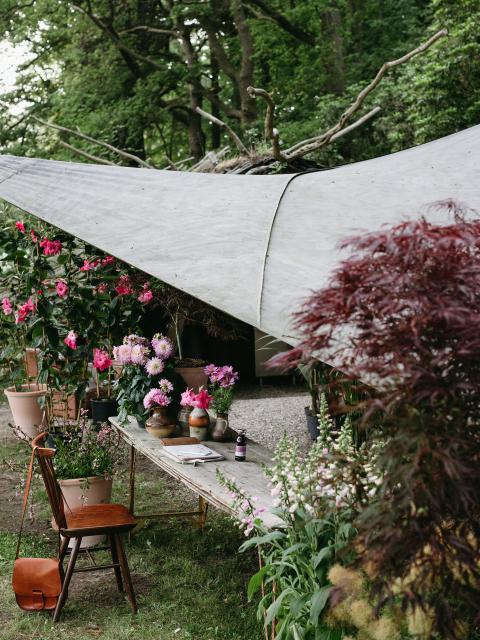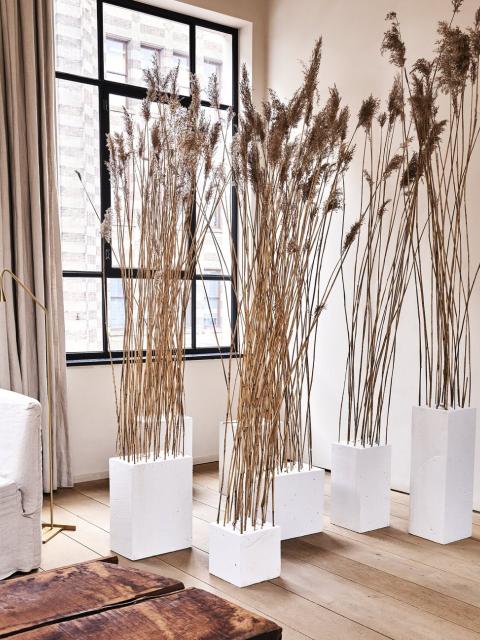With silvergrass (officially called Miscanthus sinensis) there’s always something going on in your garden. The smallest breath of wind sets it in motion, and it rustles cheerfully as you walk past. There are tall and low varieties, some have patterned stems, others bloom with white, silvery or pinkish glittering plumes. The height varies from 120 to 300 cm according to the variety. The aboveground parts die back in the autumn, but it’s best to leave them in place during the winter. They create attractive lines in your garden, and look fabulous with frost, snow or ice on them.
Tenacious
Silvergrass is a member of the grass family, within which it forms a genus of some 15 species of upright grasses. They are native to the subtropical and tropical regions of Africa and south Asia. In the wild, silvergrass forms enormous grass plains on damp, fertile soil in valleys and on slopes. The plant is regularly used to counter soil erosion. The sod-forming roots prevent the soil from washing away.
Trivia
-
The Latin name Miscanthus is a combination of the Greek word 'miskos' which means 'stem', and 'anthos' which means 'flower', and refers to the flowering spikes.
-
One of the best-known species of silvergrass is elephant grass, which grows like wildfire, has the energy value of coal, and can be turned into biofuel.








